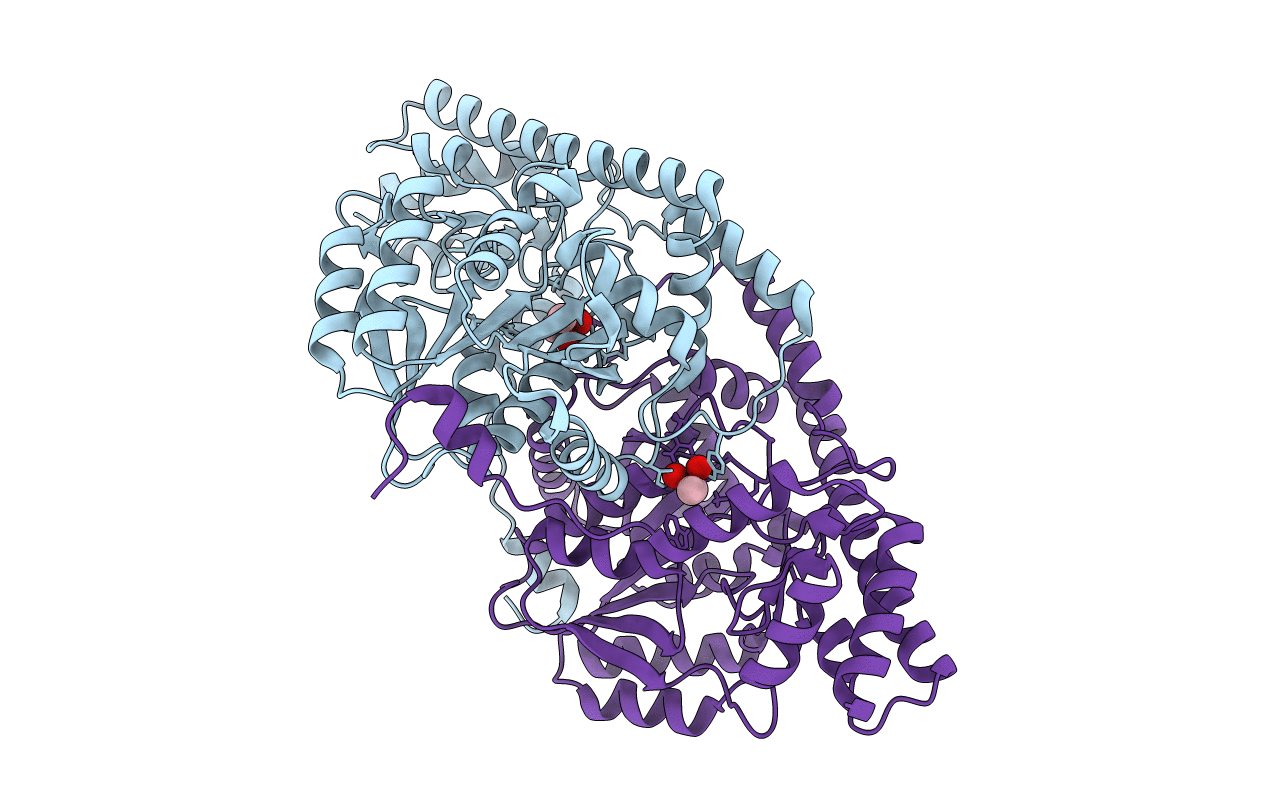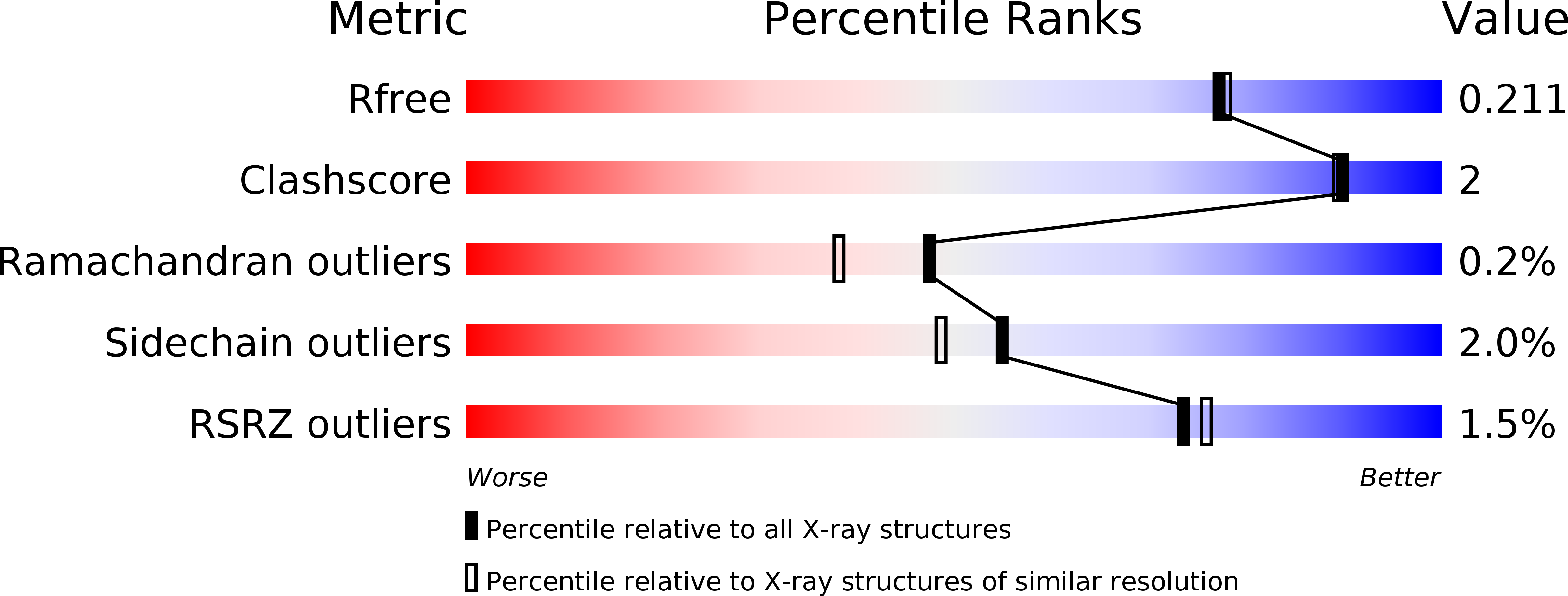
Deposition Date
2014-09-02
Release Date
2015-09-09
Last Version Date
2024-11-06
Entry Detail
PDB ID:
4WB0
Keywords:
Title:
Crystal structure of the broad specificity aminotransferase from Leishmania mexicana
Biological Source:
Source Organism:
Leishmania mexicana (Taxon ID: 5665)
Host Organism:
Method Details:
Experimental Method:
Resolution:
1.91 Å
R-Value Free:
0.21
R-Value Work:
0.17
R-Value Observed:
0.17
Space Group:
P 21 21 21


